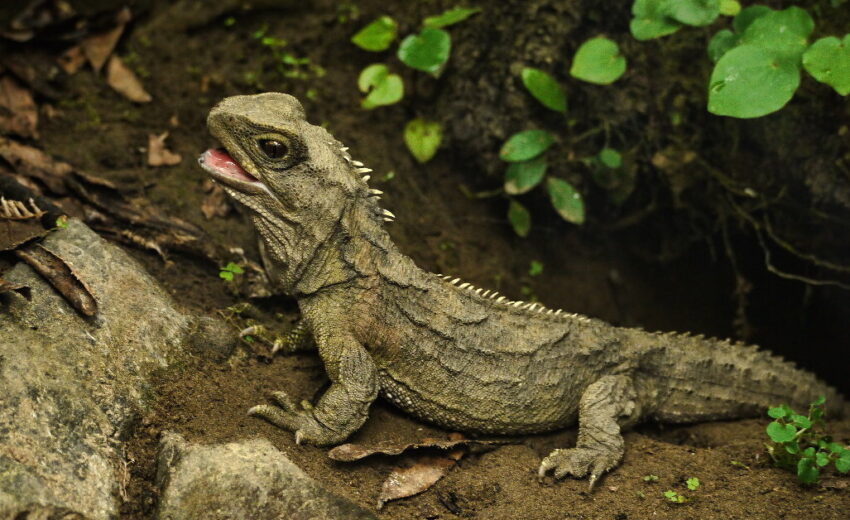It’s not often that one gets to boast of surviving the age of the dinosaurs, but that’s just what the tuatara can do. They’ve been around for over 60 million years. This is why they
- Zoology
- Daily Critter Facts
- For Teachers
- Study Guides
- Diseases & Parasites
- Contact

